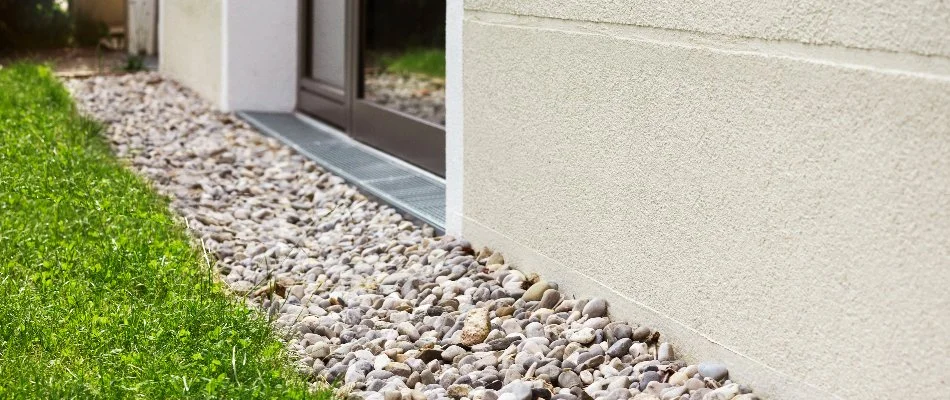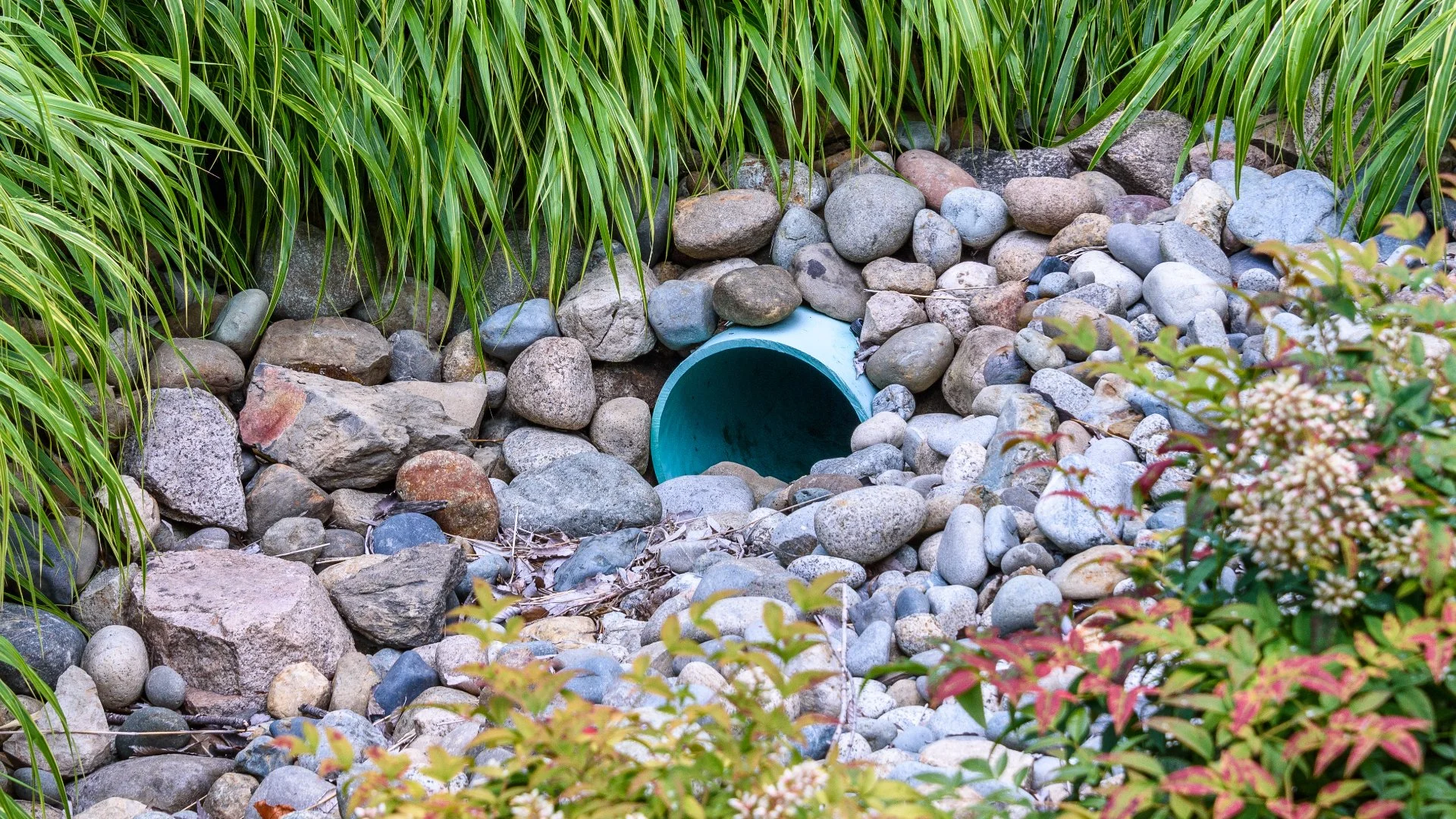French Drain Installation Service in Flower Mound, TX & Surrounding Areas Like Lewisville & Frisco
We'll install a French drain on your property to help redirect water away from your home or business.
If you're experiencing issues with water pooling on your property, our French drain installation service is the perfect solution! When you sign up for this service, we will start with a consultation to discuss your goals and inspect your property so we can design a French drain that will meet your needs. Afterward, we will prep the area and install the French drain, ensuring it's installed perfectly and operates how it should. Once we're finished installing this drainage solution, you can cap off the project with new sod to add an instantly beautiful lawn to your property!
We offer our French drain installation service to residential properties in Flower Mound, Lewisville, Frisco, TX, and throughout the surrounding areas. Give us a call at (214) 293-3793 to schedule a consultation with our experts on your French drain today!
Our French Drain Installation Service Begins With a Consultation
When you sign up for our French drain installation service, the entire process will start with a consultation to discuss your goals, gain an understanding of your drainage issues, and inspect your property. During this phase, we will determine where the water is pooling so we know where the most ideal location is to install the French drain to ensure it will effectively redirect water away from your home or business. Once all of the details are settled, we will move forward with the installation process.
What does our French drain installation process look like?

After we have designed your French drain, we will move on to the installation process. This process will involve all the necessary preparations on your property to get the site ready for your drainage solution. From digging the trench where your French drain will go to sourcing all the materials, we'll make sure everything is ready so the installation itself goes smoothly.
Once everything is prepped, we will install the French drain and fill the trench with gravel. Once we're finished, you can rest easy knowing that your French drain will effectively redirect water away from your property, helping to prevent water from pooling on your property.
Install Sod on Your Property After Installing Your French Drain
During the installation of your French drain, some parts of your lawn will have been damaged. Luckily, we help you achieve an instantly beautiful lawn via our sod installation service. When you sign up for this service, we will install your sod using a meticulous process to ensure that it establishes itself successfully. This process typically includes removing all grass and weeds on the site, adding new soil, rolling out the sod, and watering your new lawn after. Once we're finished, you'll be left with a beautiful, lush lawn that will instantly enhance the curb appeal of your property!
Call us today to schedule our French drain installation service.
If you're looking to have a French drain installed on your property, then we are the team to turn to! At Lawn & Landcare, we offer a French drain installation service that is designed to get water flowing away from your property. This service is offered to residential property owners in Flower Mound, Lewisville, Frisco, TX, and throughout the surrounding areas. Give us a call at (214) 293-3793 to sign up for this service today!


